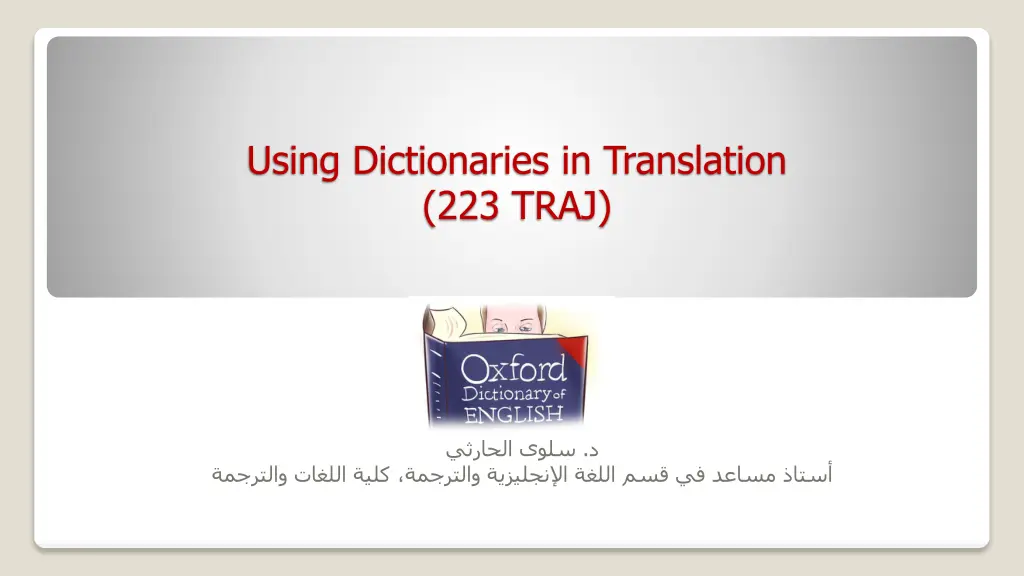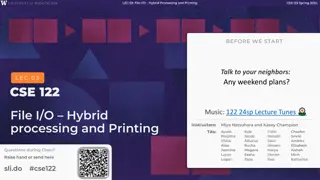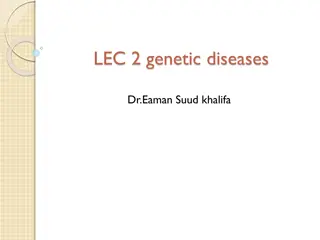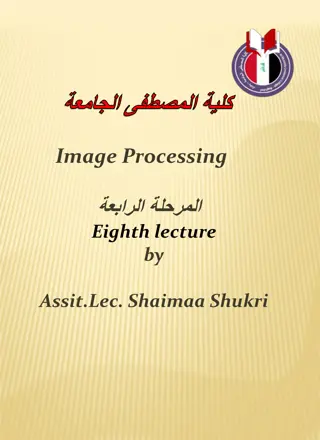
Understanding Lexicography and Dictionaries in Translation
Explore the fascinating world of lexicography, dictionaries, and translation. Learn about the different meanings of lexicon, the suffix -graphy, and how dictionaries are structured. Discover the importance of fundamental questions for lexicographers and the diverse uses of dictionaries across languages.
Download Presentation

Please find below an Image/Link to download the presentation.
The content on the website is provided AS IS for your information and personal use only. It may not be sold, licensed, or shared on other websites without obtaining consent from the author. If you encounter any issues during the download, it is possible that the publisher has removed the file from their server.
You are allowed to download the files provided on this website for personal or commercial use, subject to the condition that they are used lawfully. All files are the property of their respective owners.
The content on the website is provided AS IS for your information and personal use only. It may not be sold, licensed, or shared on other websites without obtaining consent from the author.
E N D
Presentation Transcript
Using Dictionaries in Translation (223 TRAJ) .
Lexicography Lexicon has two different meanings: 1. All the vocabulary of a language 2. The dictionary The English suffix - graphy means: 1. "writing" or 2. a "field of study"
Lexicography is used in two different senses: Practical lexicography is the art or craft of writing dictionaries. 1. Theoretical lexicography is the theory or scholarly discipline of analyzing and 2. describing dictionaries. The term lexicology is variously used. Some use it as a synonym for theoretical lexicography, others use it for a branch of linguistics pertaining to the treasure of words in a particular language i.e. the study of forms, meanings and behaviors of words.
What is a dictionary? Adictionary is: a list of words with their definitions, a list of characters with their glyphs or a list of words with corresponding words in other languages. a reference book containing words, usually alphabetically arranged along with information about their forms, pronunciations, functions, and meanings. a reference book listing terms or names important to a particular subject along with a discussion of their meanings. A sample sentence, pronunciation information, word derivations, histories, or etymologies, illustrations, usage guidance are often included.
Example: Character Different glyphs
Fundamental questions for lexicographers: Users who will use the dictionary? Uses what will the dictionary be used for? 1. 2. Answers to these questions will inform design and publication decisions for dictionary maker, e.g. monolingual vs. bilingual, encyclopedic vs. compact, symmetrical vs. asymmetrical bilingual, general purpose vs. specialist etc.
Thestructure of a dictionary: 1. macrostructure overall structural organization of volume, typically: front matter, introduction, user guidelines; (before the A letter) body entries and definitions (plus often other stuff), typically organized alphabetically; (from A-z) end matter appendices and additional information, e.g. personal names, place names, loan items etc. (after the z)
Thestructure of a dictionary: 2. microstructure internal structure of dictionary entry blocks, typically: Headword- the word you are looking up. It is always in bold type. Entry- the information on the word you are looking up. Pronunciation- tells you how to say the word. Found in (parentheses).
Stress: stress is very important, because it is hard to understand a word pronounced with the wrong stress. Part of speech- tells you how the word is used in a sentence (n=noun, v=verb, adj=adjective, adv=adverb). British and American vocabulary or pronunciation: the British word (labelled BrE) and the American (labelled NAmE or (US to distinguish between American and Canadian words).
Spelling Semantic specification Synonyms and opposites: some dictionary entries also provide a list of synonyms (syn), words with similar meanings; and opposite meanings (opp).
Cross-references: to related items: some dictionary entries contain cross-references. Within the entry, you will find the word see, compare, or var of that directs you to another dictionary entry which will give you more information about the word you first looked up. Collocations, co-occurrence strings: certain words are typically used with other words. For example, we say a tall tree but a high mountain . These words are called collocates. Register: the dictionary contains a number of labels which tell you about how formal a word is, and in what situations you can use it. Here are some of these words: technical informal disapproving ironic formal taboo Usage with examples Etymological: this tells you the history of the word, and what language it came from.
Nature of Headwords What is a word: are the following words? want, wanting, wanted, war chest, war crime, courthouse, wannabe, half-baked 1. Orthographic word (relating to spelling) written word surrounded by spaces; but what about compounds, hyphenated forms etc. 2. Phonological word sequence of sounds that forms phonological unit (determined by rules of syllable structure, stress, etc)
3. Lexeme item of vocabulary that may occur as dictionary headword. Lexemes can be more than one orthographic word i.e. a word or several words that have a meaning that is not expressed by any of its separate parts * Lexeme is an abstract concept it is the set of word forms that comprise a paradigm of related words forms, eg. sing sings singing - sang sung (cf. talk talks talking talked talked) regular and irregular paradigms; a lexeme can have many different forms. * Word-form is inflectional variant of lexeme i.e. word forms have the same lexeme e.g. runs, ran, running are forms of the same lexeme (run). However, the derivative (runner ) has a different lexeme. * A headword is typically a citation form of a lexeme i.e. represents a lexeme.
Entry order Dictionaries of alphabetic languages list words in alphabetical order. With non-alphabetic languages, it may be different. The order in a dictionary with ideographic entries i.e. graphic symbols that represent an idea rather than a group of letters; such as Chinese character is often troublesome and controversial because each character has different readings.
Activity Choose a word to look up in the dictionary. Write that word and dictionary entry on a piece of white paper. Label the parts of the entry.



![Lec [2] Health promotion](/thumb/274962/lec-2-health-promotion-powerpoint-ppt-presentation.jpg)
